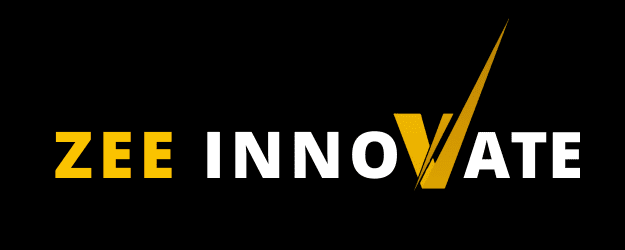Ever lost a customer before they even had a chance to explore your website?
It happens more often than you think. Over 1 billion people worldwide live with some form of disability. If your website isn’t accessible, you’re alienating potential customers and hurting your SEO rankings at the same time.
Here’s the kicker—Google rewards accessible, user-friendly websites with higher rankings. So, making your site ADA-compliant isn’t just about inclusivity; it’s about growing your business.
Let’s dive into the best web accessibility practices that will not only improve your site’s user experience (UX) but also give you an SEO boost in 2025!
1. Optimize for Screen Readers
Many users rely on screen readers like JAWS or NVDA to navigate websites. To make your site accessible:
✅ Use descriptive alt text for all images
✅ Ensure meaningful headings (H1, H2, H3) for proper structure
✅ Avoid vague links like “Click here”—use descriptive anchor text
SEO Benefit:
Google values well-structured content and rewards sites with clear navigation and properly labeled elements.
2. Implement Keyboard Navigation
Some users can’t use a mouse and rely solely on their keyboard. Your site should be fully navigable using:
✔ Tab and Shift + Tab to move between elements
✔ Enter key to activate buttons or links
✔ Spacebar and arrow keys for scrolling
SEO Benefit:
Google’s algorithm prioritizes user-friendly websites. Smooth navigation reduces bounce rates and increases engagement.
3. Use High-Contrast Colors for Readability
Ever struggled to read light gray text on a white background? Imagine how hard it is for visually impaired users.
💡 Best practice: Ensure a 4.5:1 contrast ratio between text and background. Tools like WebAIM Contrast Checker can help!
SEO Benefit:
High-contrast text improves readability and increases the time users spend on your site—both major ranking factors.
4. Add Captions & Transcripts to Videos
Videos without captions alienate users who are deaf or hard of hearing. Adding closed captions (CC) and text transcripts makes content accessible to all.
SEO Benefit:
Search engines can’t “watch” videos, but they crawl text. Transcripts boost SEO by providing keyword-rich content for Google to index.
5. Ensure Forms Are Accessible
Ever tried filling out a form and got stuck because you didn’t know what to do next? That’s exactly what happens when forms lack accessibility.
✅ Label every field clearly
✅ Use error messages that explain the issue (e.g., “Please enter a valid email”)
✅ Make sure forms are navigable via keyboard
SEO Benefit:
Properly structured forms reduce abandonment rates and improve your conversion rates.
6. Enable Responsive & Mobile-Friendly Design
A mobile-friendly website isn’t just a trend—it’s a necessity. 60%+ of web traffic now comes from mobile devices, and accessibility shouldn’t be an afterthought.
📱 Use fluid layouts that adjust to screen sizes
📱 Make buttons large enough to tap easily
📱 Avoid tiny fonts—stick to at least 16px for readability
SEO Benefit:
Google prioritizes mobile-first indexing, meaning responsive sites rank higher in search results.
7. Provide Skip Navigation Links
For users relying on screen readers or keyboard navigation, skip links allow them to bypass repetitive content (like menus) and jump straight to the main section.
💡 Example: “Skip to main content” at the top of your website.
SEO Benefit:
Improves user experience and dwell time, which Google considers in rankings.
Why Web Accessibility Matters More Than Ever
By implementing these web accessibility practices, you’re not just making the web a better place for all users—you’re also positioning your website for SEO success.
🚀 A more accessible site = higher engagement, lower bounce rates, and better search rankings.
Need Help Making Your Website More Accessible?
At ZeeInnovate, we specialize in SEO-friendly, accessible web design that ensures your website reaches everyone while ranking higher on Google.
📩 Struggling with accessibility issues? Let’s fix it! Contact us here: https://zeeinnovate.com/contact

